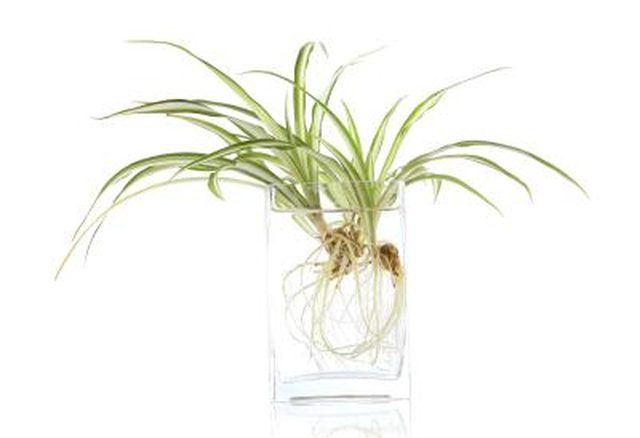Bulbs
Flower Basics
Flower Beds & Specialty Gardens
Flower Garden
Garden Furniture
Garden Gnomes
Garden Seeds
Garden Sheds
Garden Statues
Garden Tools & Supplies
Gardening Basics
Green & Organic
Groundcovers & Vines
Growing Annuals
Growing Basil
Growing Beans
Growing Berries
Growing Blueberries
Growing Cactus
Growing Corn
Growing Cotton
Growing Edibles
Growing Flowers
Growing Garlic
Growing Grapes
Growing Grass
Growing Herbs
Growing Jasmine
Growing Mint
Growing Mushrooms
Orchids
Growing Peanuts
Growing Perennials
Growing Plants
Growing Rosemary
Growing Roses
Growing Strawberries
Growing Sunflowers
Growing Thyme
Growing Tomatoes
Growing Tulips
Growing Vegetables
Herb Basics
Herb Garden
Indoor Growing
Landscaping Basics
Landscaping Patios
Landscaping Plants
Landscaping Shrubs
Landscaping Trees
Landscaping Walks & Pathways
Lawn Basics
Lawn Maintenance
Lawn Mowers
Lawn Ornaments
Lawn Planting
Lawn Tools
Outdoor Growing
Overall Landscape Planning
Pests, Weeds & Problems
Plant Basics
Rock Garden
Rose Garden
Shrubs
Soil
Specialty Gardens
Trees
Vegetable Garden
Yard Maintenance
How Often Should You Water Spider Plants?
How Often Should You Water Spider Plants?. Spider plants are popular houseplants because they tolerate average to low light and have even been shown to improve indoor air quality. Like most houseplants, they are susceptible to overwatering and overcare. This low-maintenance plant doesn't require as much water as you'd think.

Spider plants are popular houseplants because they tolerate average to low light and have even been shown to improve indoor air quality. Like most houseplants, they are susceptible to overwatering and overcare. This low-maintenance plant doesn't require as much water as you'd think.
Factors
According to the Colorado State University Extension, how frequently you water your spider plants depends on several factors, including the type of spider plant, the size of the plant and the container and the plant's stage of growth. Another important factor is the soil type. If you use a potting soil that contains a lot of peat moss, letting it dry out completely will make it difficult to remoisten.
When to Water
The North Carolina State University Extension warns growers not to let a houseplant wilt. Once a plant begins to wilt its roots have been adversely affected by lack of water. It's best to check on your spider plant on a regular basis. Stick your finger in the soil and if the soil is completely dry to a depth of at least 1 1/2 inches -- 2 inches for a large pot and 1 inch for a pot smaller than 6 inches in diameter -- water it.
How Much Water
Water your spider plant until the soil is thoroughly moist and some water runs out the bottom of the pot. That extra water will help leach salts from the soil and the root zone. Discard the extra water so it isn't reabsorbed.
Type of Water
Purified water is the best for spider plants. Generally, spider plants are sensitive to fluoridated tap water and water high in soluble salts, which can cause leaf tip burn. If you can't purify the water, let tap water sit at room temperature overnight before pouring it into your spider plant. North Carolina State University advises against the use of softened water.